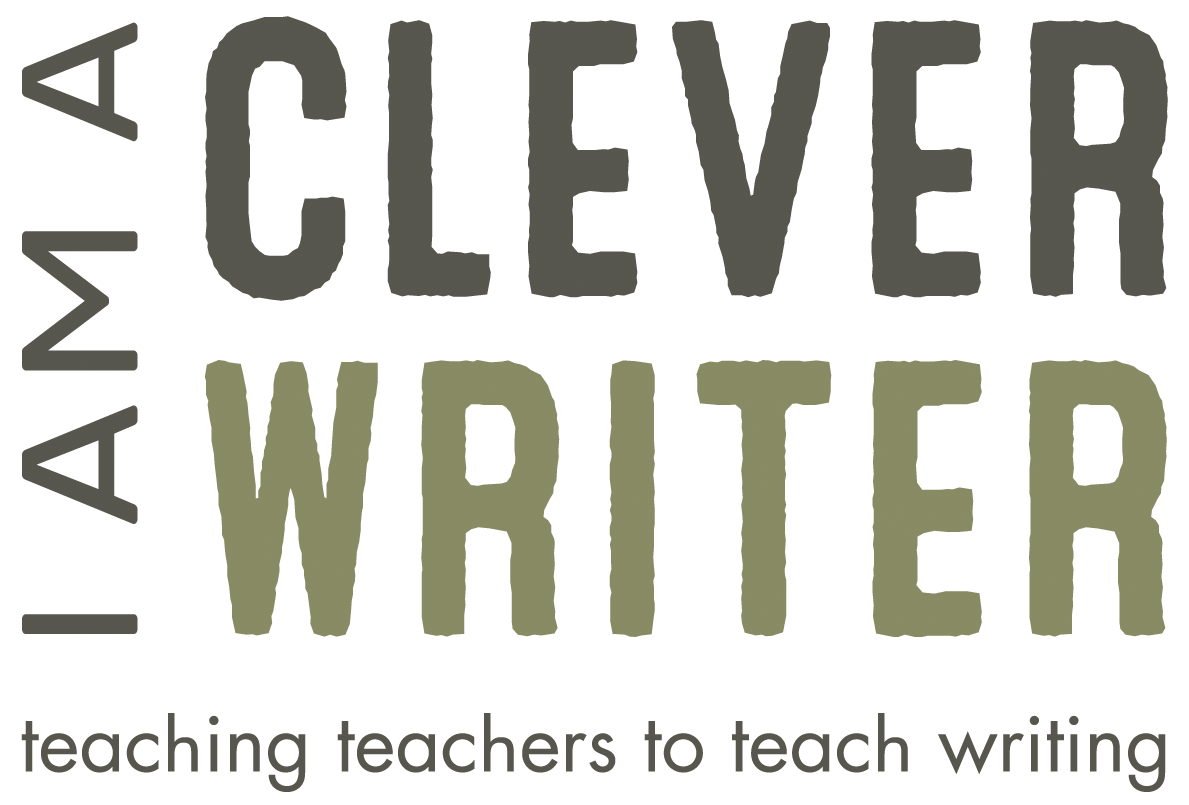Ask any teacher to tell you one of the things that consumes most of their time and I’m willing to bet that marking will be in the top 3 of replies. There’s no hiding from it, marking is one of the biggest necessary evils in a teacher’s workload. It consumes a huge chunk of time that could otherwise be dedicated to planning (or a healthy work-life balance), but without the marking and Assessment for Learning (AfL) how would we know what to plan for? And more importantly, how would the children know how to improve? Yet the struggle is real and we cannot go on spending hours of our personal time on this one task. And what about impact?… Is written feedback really the most effective way of helping children move on?
The great news is that there is a solution! Put down your marking pen and read on for some top tips and more about the POWER of ‘Live Marking’:
- WORK YOUR ROOM! *Gone are the days of sitting comfortably with a group and helping them with every word. Get out of your seat and over the shoulder of as many pupils as possible. Not only will you see instant results, but it will keep your steps up too!
*I’m not saying don’t support your less able, that would be ludicrous, but there are other ways to scaffold them and develop independence than sitting by their side hand holding them through every sentence. ‘I am a Clever Writer’ training helps teachers to develop this skill and helps them find alternative ways to support these children when an adult isn’t sitting at their table and ensures ALL children receive quality first teaching!
- Use your AfL and know who you’re going to target and what misconceptions you’re going to address before you start the lesson. Write names on a post-it as you read over their work, recite them to memory, sort your books into piles – whatever works for you.
- Provide instant, targeted feedback that you expect the child to act upon there and then. This is completely individualised and because it’s verbal and they are in the flow, it’s easy for them to understand. When children don’t encounter feedback until the next day, too much time has passed between them making the error and having the opportunity to identify it, correct it and learn from it.
- Keep standards high! Accept nothing but their best and you won’t get much less. Live marking prevents ‘scruff bags’ and ‘lazies’ (You know who I mean) from going undetected and wasting an entire lesson, which could be as much as ¼ of that week’s writing opportunities.
- Reduce the need for intervention at other times. By intervening in the lesson, the aim is to stop the misconception from consolidating. This means children ‘keep up’ instead of ‘catching up’! It’s also great because there’s less need for specific writing interventions further down the line and at other times in the school day. The upside of this is that children make progress there and then, plus it avoids awkward SLT questions about why this certain child has missed all their geography lessons.
- Reduce your after-school workload! In a class of 30, I aim to completely live mark at least 10 books. That means 10 books that just need a glance and nothing more after the lesson. Some days I can get through nearly all of them. That’s reducing your workload by at least 1/3! And the great news is, the more you do it, the more efficient you get. That means you’re leaving school at least 20 mins earlier than you usually would. That’s nearly 2 hours of your time back per week – and that’s just with writing. You could take up an exercise class, read more of our blog, meet your friends for a cheeky glass of wine or have some extra snuggles with your babies. However you spend it, it’s now yours for disposal.
- It might be that you’ve spotted some common misconceptions you can use as a teaching point there and then. Never be afraid to stop the class or bring a group to the carpet/around a flip chart or whiteboard if you can see something going wrong, or a common error across the board – even during (I’d say especially during) an observation or dare I say it ‘Ofsted’ visit.
- It can be and look like whatever works best for your school and your pupils. The most important thing is that it is as consistent as possible across the school. Of course, there may be some differences and details between key stages, but to best support the bottom 20%, symbols used and basic expectations should be the same throughout the school or at least the key stage. Of course, this should be in line with the school’s marking policy and developed by the subject lead with SLT’s seal of approval.
- If you have confident Teaching Assistants, train them in how to live mark. Let them watch and follow you! If they’re giving advice in the moment, they should note these in the book for reference. Although the teacher would always check over these books for their own AfL, it is far less time-consuming than if you were to give written feedback from scratch on every book.
Now, I do have to confess that not every day is perfect and I don’t always achieve my target of at least 10 books, but the majority of days I do! Live marking also doesn’t mean that you end your English lesson and don’t open the books until the next day – that would be foolish. You should always read over the books you have managed to live mark, just to make sure no errors have been made when you’ve moved on etc. Not only this, but the pupils you haven’t managed to live mark with still need your feedback and so sadly, it doesn’t mean that we will never have to put pen to paper after school again – of course we will – because pupils need our feedback and direction. But luckily, ‘I am a Clever Writer’ can help you develop strategies to ensure feedback is relevant, targeted and as quick as possible to ensure maximum progress. I can honestly say since implementing ‘I am a Clever Writer’ at my school, I have learned how to work smarter and not harder!

